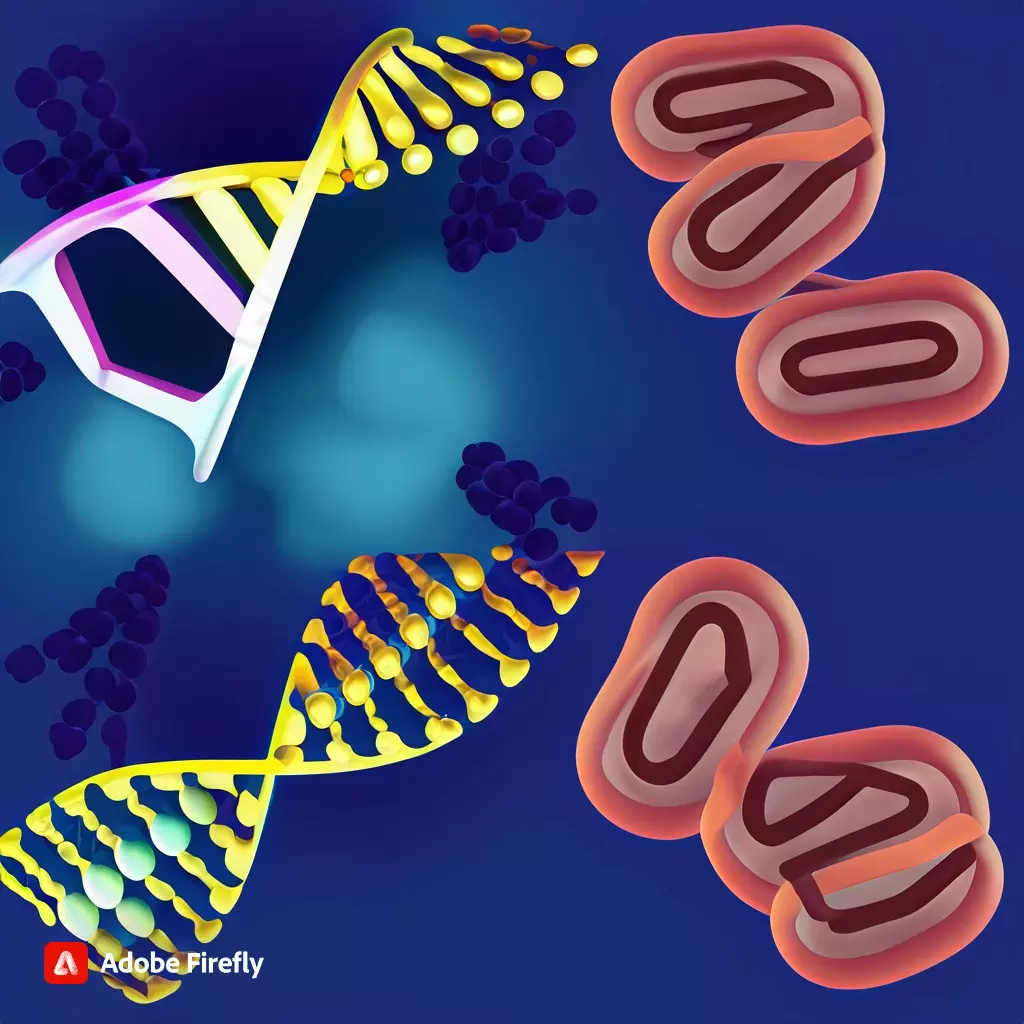
Image Credits : Adobe Firefly
Unveiling Genetic Nexus: Exercise Endurance, Cold Tolerance & Cellular Maintenance Interlinked In Flies
Writer: Richa Yadav
She is a student of Sister Nivedita University, Kolkata. She is currently in UG5 pursuing Journalism and Mass Communication.
India, 23 Sep 2023 9:29 AM GMT
Editor : Ankita Singh |
A literature lover who likes delving deeper into a wide range of societal issues and expresses her opinions about the same. Keeps looking for best-read recommendations while enjoying her coffee and tea.
Creatives : Richa Yadav
She is a student of Sister Nivedita University, Kolkata. She is currently in UG5 pursuing Journalism and Mass Communication.
The intricate interplay between genetics and physiological traits has long fascinated scientists seeking to unravel the mysteries of adaptability and resilience in various organisms.
The intricate interplay between genetics and physiological traits has long fascinated scientists seeking to unravel the mysteries of adaptability and resilience in various organisms. In a groundbreaking study, researchers have discovered a surprising connection between exercise endurance, cold tolerance, and cellular maintenance in Drosophila melanogaster, commonly known as the fruit fly. This finding sheds light on the underlying genetic mechanisms that link these seemingly disparate traits and could have significant implications for understanding human physiology and health.
Exercise Endurance: A Surprising Connection
Exercise endurance has long been associated with improved cardiovascular health and overall fitness. In their study, researchers exposed a population of Drosophila flies to a rigorous exercise regimen involving prolonged flight activities. They found that certain genetic variations within the fly population were associated with significantly enhanced exercise endurance compared to others. This revelation prompted further investigation into the genes responsible for this phenomenon.
Cold Tolerance: An Unexpected Link
Cold tolerance is another essential trait for many organisms, as it enables survival in harsh environmental conditions. Intriguingly, the researchers found that flies with increased exercise endurance also exhibited improved cold tolerance. This finding was puzzling but hinted at a potential genetic link between the two traits.
Cellular Maintenance: The Missing Piece
To uncover the genetic basis of these correlations, researchers turned their attention to cellular maintenance mechanisms within the flies. They discovered that the same group of genes responsible for exercise endurance and cold tolerance were also associated with enhanced cellular maintenance. This cellular maintenance, driven by specific genetic pathways, appeared to protect the flies' cells from damage caused by exercise and exposure to cold temperatures.
Key Genetic Players
The researchers identified several key genes central to this interplay. One of the primary genes, dubbed "Endurin," was found to be responsible for increasing exercise endurance. Another gene, "ColdTol," played a pivotal role in enhancing cold tolerance. These genes, along with others in the network, were collectively associated with a range of cellular maintenance processes, including DNA repair and oxidative stress response.
Implications for Human Health
While the study was conducted on fruit flies, the implications of these findings for human health are substantial. Understanding the genetic links between exercise endurance, cold tolerance, and cellular maintenance could pave the way for innovative approaches to improve human health and well-being.
1. Exercise Training: By identifying and targeting the genetic pathways responsible for exercise endurance, researchers may develop more effective exercise training programs tailored to individual genetic profiles, potentially maximizing the benefits of physical activity.
2. Cold Exposure Therapies: An improved understanding of cold tolerance genetics could lead to novel therapies for conditions related to cold sensitivity, such as Raynaud's disease, and may have applications in cryotherapy for various medical purposes.
3. Aging and Disease: Enhanced cellular maintenance mechanisms may have implications for delaying the aging process and reducing the risk of age-related diseases, such as cancer and neurodegenerative disorders.
The discovery of a genetic nexus linking exercise endurance, cold tolerance, and cellular maintenance in Drosophila flies underscores the complexity of biological systems and the interconnectedness of seemingly unrelated traits. This research not only sheds light on the fundamental genetic pathways governing these traits but also holds promise for future applications in human health and well-being. Further studies are needed to elucidate the exact mechanisms and to explore how these findings can be translated into practical interventions for improving human health and resilience.
Also Read: UK Government Explores Restricting Paracetamol Sales To Curb Suicide Rates
 All section
All section














